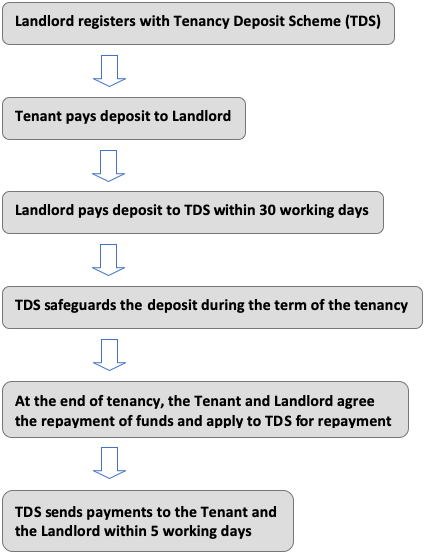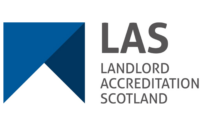Tenancy Deposits
Supporting information for Scottish Landlord Registration
Key points
There is no legal obligation to take a deposit from a tenant but if a landlord does take a deposit there are strict legal obligations.
If you do take a deposit the amount that can be charged cannot be more than two months’ rent. For example, if the rent is £500 a month, you cannot ask for more than a £1000 deposit.
The Tenancy Deposit Schemes (Scotland) Regulations 2011 came into force on 7 March 2011 so have been in place for some time. The regulations state that any deposits taken for a tenancy no matter how long in the past must be protected in a “custodial scheme”. The three schemes in Scotland that can be used by a landlord to lodge tenancy deposits are:
- if a landlord is late in lodging a deposit within a scheme, then the scheme administrator must inform the tenant that it has been lodged late and inform the tenant of their rights to make a claim to the First-Tier Tribunal;
- if a tenancy is shorter in duration than thirty working days, then the landlord is not required to lodge the deposit within a tenancy deposit scheme;
- where a tenant is paying a deposit by way of instalments, each instalment payment should be lodged by the landlord into a scheme within thirty working days of that instalment being paid. Furthermore, each time the instalment is lodged with the scheme, written statutory information must be provided by the landlord to the tenant. This will mean the tenant will have a potential claim against the landlord where paying by instalment, on each occasion that the instalment is either lodged out with that thirty working day timescale or statutory written information is not provided.
What you need to do
When the tenant pays you the deposit you have requested, you in turn pay the deposit you have received to the scheme of your choice. When you have done this you also need to provide your tenant with information about which scheme is now protecting their deposit and how their deposit might be used at the end of the tenancy if you need to make any justifiable deductions.
The regulation that needs to be complied with is Regulation 42 of the Tenancy Deposit Schemes (Scotland) Regulations 2011 and is often referred to as prescribed information https://www.legislation.gov.uk/sdsi/2011/9780111011850/regulation/42 each scheme has its own template.
Payment of the deposit to your chosen scheme and providing the tenant with the necessary information must be done within 30 working days of the start of the tenancy.
How it works

Further Context
Each of the tenancy deposit schemes provide detailed information on your obligations as a landlord and you should take time to read how the scheme works and what information they need from both you and your tenant.
Prior to the end of the tenancy talk to your tenant about what is required in the way of cleaning, organisation etc to ensure that you can return the full deposit. The key to dealing successfully with deposits is communication. However, if you and your tenant cannot agree on any deductions that you do feel are justifiable, each of the tenancy deposit schemes has a detailed process for managing this situation.
Maximise your Success as a Landlord
LAS run a regular programme of training courses helping landlords adopt best practice and remain updated with changes to legislation. Anyone involved in letting property in the private rented sector in Scotland is welcome to attend. You do not need to be accredited.
